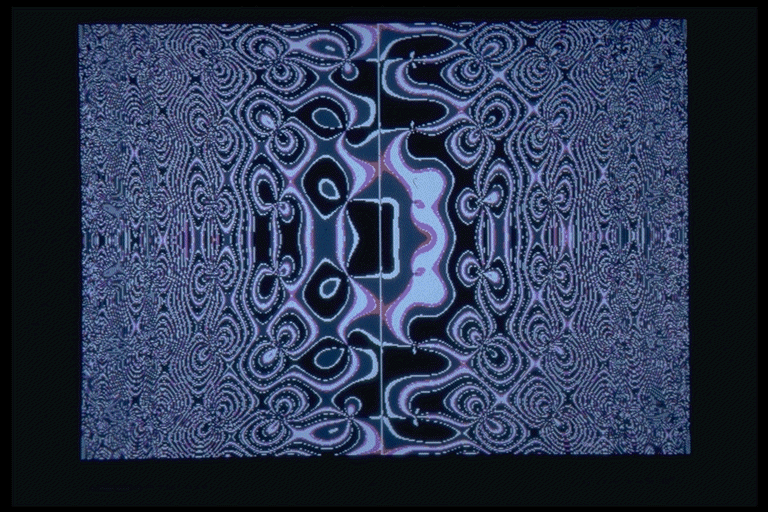


The European system uses 625 lines, scanned 25 times a second.

This process occurs 30 times a second in a standard screen in the United States, which is composed of 525 scanning lines. The electron guns rapidly scan all the phosphors, traveling along horizontal lines, and thus rebuild the image on the entire screen just as it was when originally scanned by the video camera. In many television sets, a shadow mask - a metal plate with thousands of small holes - is used to keep the electron beams focused only on one triad of phosphors at a time, preventing them from spilling over into other areas ( 8.2). When hit by electron beams, they give off a certain amount of light, depending on the luminance signal. Each sends beams to the screen of the picture tube, the inside of which is coated with hundreds of thousands of tiny dots of red, green, and blue fluorescing powders, called phosphors. These are sent through electron guns, usually one for each primary. This information is broadcast through the air or fed electronically to a receiving monitor, which decodes the video signals corresponding to the light primaries.

or hue, and purity, or saturation) and luminance (the light-mixture equivalent of value in pigments). For transmission, these are then converted into two signals indicating chrominance or chromaticity (a combination of dominant wavelength. The light received in the camera is divided by a system of mirrors into the three light primaries - red, blue, and green. These dynamic visual images are usually recorded electronically by video cameras, which scan a scene to analyze and communicate its light patterns. The term video is used both for electronic light signals broadcast to television sets and for images displayed on television monitors directly from videotapes. Potential areas in which light can be manipulated include video, computer graphics, lasers, and holograms. Now, however, technology is turning the world of light into a luminous palette for artists. But to celebrate the millennium in Rome, Peter Erskine placed laser-cut, heliostat-oriented prisms among the ancient Roman ruins to follow the sun's beams as they played across the surfaces, refracting them into everchanging patterns of brilliant colors ( 8.1).Įven artificially-created lights have in the past not been widely used as art media, though they have been extensively studied by scientists. We rarely pay attention to the primeval source of color on our planet: the light of our sun. The cryptoporticus was a cool underground walkway, lit by natural light through slots which Peter Erskine strategically appropriated for prismatic displays of spectral colors. 8.1 Peter Erskine, New Light on Rome 2000 Laser-cut prism installation in the cryptoporticus of the Domus Transitoria of Nero.


 0 kommentar(er)
0 kommentar(er)
